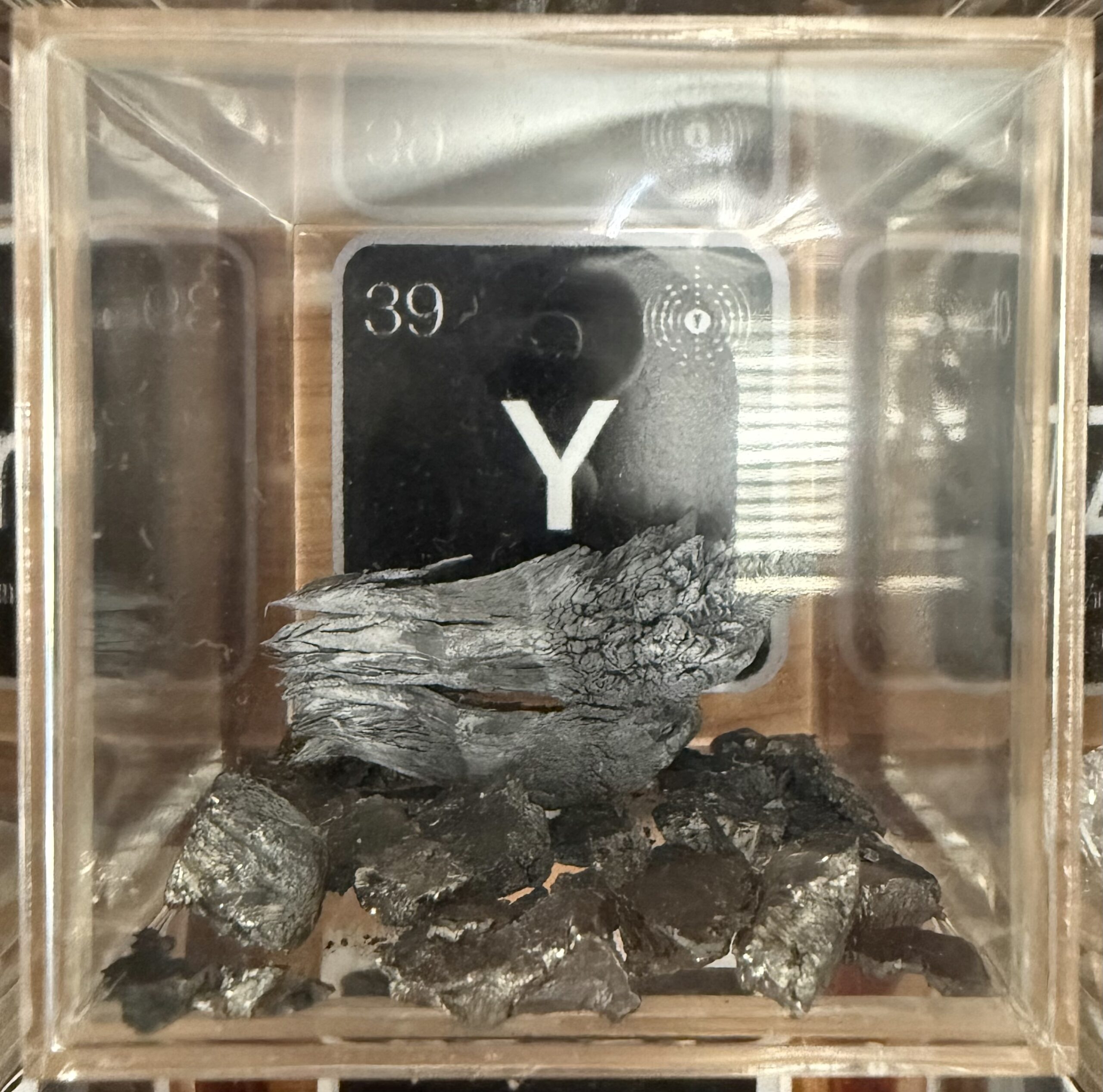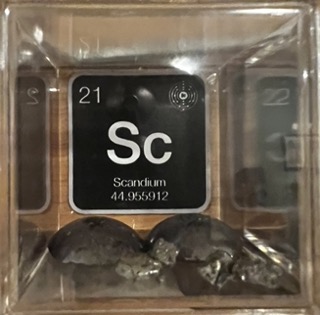Description
Rare earth elements (REEs) are a group of 17 chemically similar elements comprising the 15 lanthanides, along with scandium and yttrium. They are found in the periodic table’s f-block and are known for their unique magnetic, luminescent, and electrochemical properties. Despite their name, most rare earth elements are relatively abundant in the Earth’s crust, but their similarity makes them difficult to separate and extract, which can make them more “rare” in terms of accessible supply.
The lanthanides span from lanthanum to lutetium in the periodic table and, along with scandium and yttrium, are crucial in various high-tech applications. For example, neodymium is used in powerful permanent magnets that are essential for wind turbines, electric vehicle motors, and hard disk drives. Europium and terbium are key for their luminescent properties, making them vital in the production of fluorescent lamps and LED screens. Lanthanum is widely used in camera and telescope lenses due to its ability to refract light and is also a key component in rechargeable nickel-metal hydride batteries.
These elements are also important in various other industries, including petroleum refining and glass additives. The diverse uses of rare earth elements in advanced technology have made them strategically important, leading to significant research into their extraction, recycling, and substitution.
Despite their abundance, the mining and refining processes for rare earth elements can be environmentally challenging, involving significant chemical usage and waste. Consequently, there is a growing focus on developing more sustainable extraction methods and reducing dependence on single-source supply chains. The rare earth elements’ unique properties and their critical role in modern technology underscore their importance in the contemporary industrial and technological landscape.


 using WordPress and
using WordPress and